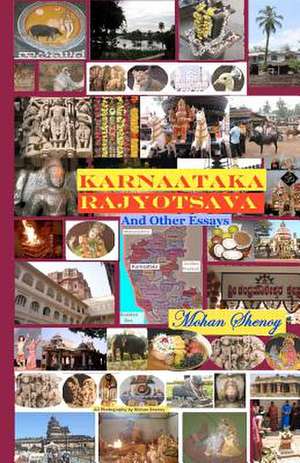Karnaataka Rajyotsava and Other Essays
Autor Mohan G. Shenoy, Dr Mohan G. Shenoy MDen Limba Engleză Paperback
Preț: 99.19 lei
Nou
Puncte Express: 149
Preț estimativ în valută:
18.98€ • 19.74$ • 15.67£
18.98€ • 19.74$ • 15.67£
Carte disponibilă
Livrare economică 25 martie-08 aprilie
Preluare comenzi: 021 569.72.76
Specificații
ISBN-13: 9781461148746
ISBN-10: 146114874X
Pagini: 192
Dimensiuni: 140 x 216 x 10 mm
Greutate: 0.23 kg
Editura: CREATESPACE
ISBN-10: 146114874X
Pagini: 192
Dimensiuni: 140 x 216 x 10 mm
Greutate: 0.23 kg
Editura: CREATESPACE
